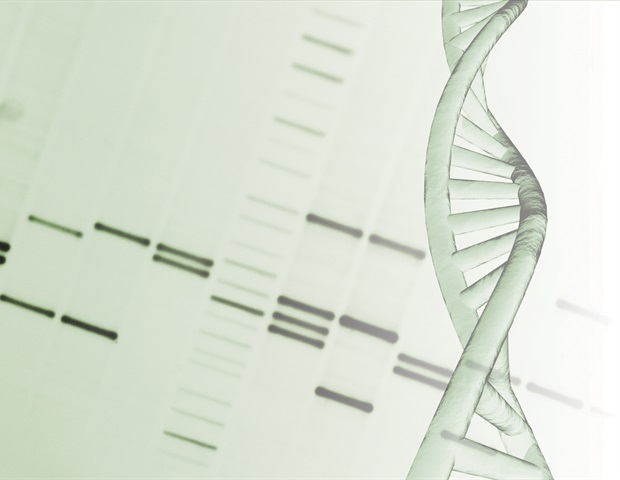
Not all DNA seems to be just like the acquainted twisted ladder. Typically, elements of our genetic code fold into uncommon shapes. One such construction, the G-quadruplex (G4), seems to be like a knot. These knots can play necessary roles in turning genes on or off. But when not untangled in time, they will hurt our genome. Now, researchers from the Knipscheer Group on the Hubrecht Institute, in collaboration with the Karolinska Institute, have uncovered a shocking mechanism that retains these knots in test. Their work, printed in Science on June 12th, may result in new methods to deal with ailments like most cancers.
Our DNA is normally formed like a double helix. Nonetheless, below sure situations, a single strand of DNA can fold right into a G-quadruplex (G4) construction, which seems to be like a knot. These knots typically kind in areas with many guanine (G) bases. They assist regulate necessary processes like transcription, the place DNA is copied into RNA.
However G4s are double-edged swords. Whereas they assist with gene regulation, if they aren’t untangled in time, they might trigger mutations, disrupt gene expression, and even result in most cancers or early ageing. Due to this fact, cells want instruments to untie these knots shortly and effectively.
Frog egg extracts to review DNA knots
To check precisely how cells untangle G4 constructions, the researchers wanted a system that reproduces this course of outdoors residing cells. They used protein extracts from frog (Xenopus laevis) eggs. These extracts include nearly every part discovered inside an actual cell, particularly proteins wanted for DNA replication and restore. This setup allowed the group to introduce DNA with G4 constructions and observe the stepwise strategy of untangling. They might additionally pinpoint the proteins that drive this mechanism.
A brand new position for RNA
Utilizing this technique, the researchers uncovered a shocking new position for RNA molecules. “With the assistance of proteins identified for his or her position in DNA restore, RNA binds to the DNA strand reverse the G4 construction, forming a construction known as a ‘G-loop’. This G-loop construction is a vital intermediate within the untangling mechanism and protects the genome from breaking down” says first creator Koichi Sato. Though RNA is greatest identified for its perform in protein manufacturing via translation, this mechanism provides a beforehand unrecognized position for RNA in genome safety.
Protecting cells wholesome
The G-loop acts like a touchdown pad for added proteins. These proteins untie the G4 knot, break aside the G-loop and convert the DNA to its regular double helix form. Because of a collaboration with Simon Elsässer and Jing Lyu from the Karolinska Institute, the group found that the G-loop helps untie G4 knots throughout your complete genome.
“We have been stunned to search out that G4s are acknowledged as DNA lesions, even with out actual DNA injury,” explains group chief Puck Knipscheer. The G-loop brings in proteins that normally repair DNA injury. However right here, the cell treats the G4 construction as if it have been damaged DNA, triggering a DNA injury response. This enables the cell to behave quick and stop severe issues later.
Even higher, the method renews the encompassing DNA and removes dangerous modifications. With assist from Jeroen van den Berg from the Oudenaarden Group, the group exhibits how necessary this mechanism is for cell well being. When it fails, G4s construct up and trigger severe issues when the DNA must be copied earlier than cell division. This leads to DNA breaks and blocks cell development.
Deploying G4 knots towards most cancers
The invention of the G-loop mechanism solutions key scientific questions on how cells shield their DNA and will additionally open doorways for future therapies. Many cancers are linked to issues in DNA restore. G4 constructions are significantly ample in most cancers cells, and if cells can not untie them, this can induce DNA injury and cell demise. Concentrating on the G-loop mechanism could possibly be a wise method to hit most cancers cells the place they’re weak. For instance, by rising the variety of G4 knots or blocking their restore, most cancers cells could possibly be killed selectively. Nonetheless, extra analysis is required to see if this will really cease most cancers cell development.
Supply:
Journal reference:
Sato, Ok., et al. (2025) RNA transcripts regulate G-quadruplex landscapes via G-loop formation. Science. https://www.science.org/doi/10.1126/science.adr0493.

